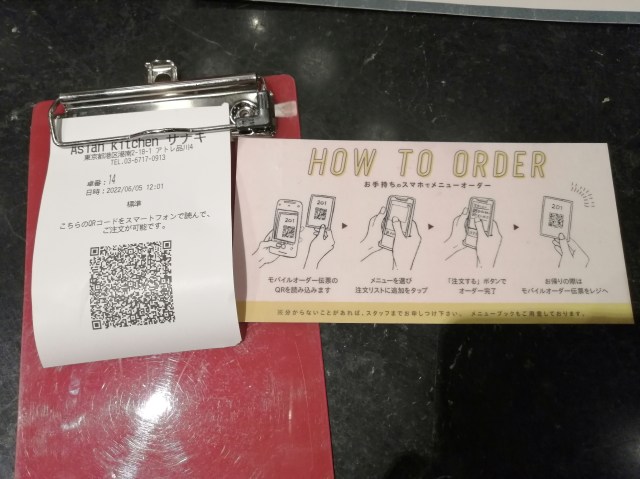
“How do I order food?!” and other good things to know if you’re visiting Japan this summer for the first time since before the start of the pandemic.
With Japan preparing to greatly increase the number of international tourists and relax certain immigration procedures on June 10, there are likely to be many first-time visitors to the country finally able to fulfill their pre-pandemic travel plans. At the same time, even frequent travelers to the country will likely be stepping foot inside the borders for the first time in years. In my case, I’m part of the latter group but actually arrived three weeks ago on a work-related family visa and will be in Tokyo for the duration of the summer.
It’s been five years since I last visited Japan in 2017 (my March 2020 plans to visit were derailed), nine years since I worked at a Japanese junior high school, and 12 years since I studied abroad in Tokyo. Apart from the slight shock that comes from living in a small, rural town in the U.S. and suddenly finding myself in one of the largest metropolitan areas in the world, I’ve often found myself thinking “Huh? Was it always like this?” on multiple occasions over the past few weeks. I’m not just referring to things that can be expected to change as time goes by, like stations being remodeled, the sales tax now being systematically noted in prices, or stores opening and closing (though seriously, what do you mean there’s a Pokémon Center Tokyo DX AND a Pokémon Center Mega now?!), but more like different ways of doing things. The following is a short list of these personal takes on little things about daily life that feel different to me since my last visit.
▼ By the way, the permanent Pokémon Café is also new since five years ago!
Disclaimer: These reflections are entirely mine and mine alone. It could be that my memory stinks, or that I was just oblivious to certain things in the past and am now noticing them all the time (the frequency illusion). It could also be the fact that my Japan lens is more focused on the happenings of the northeastern Tohoku region, which is where I’ve spent the duration of my time living and working in the country. In any case, I hope readers both outside of the country and within can find common ground with me on at least one of these items.
1. Hand sanitizer is EVERYWHERE
I’m sure this is old news to anyone who’s lived in Japan throughout the pandemic, but alcohol-based hand sanitizer stations are everywhere in Tokyo. Normally this kind of mundane observation wouldn’t be interesting at all if not for the fact that they are truly EVERYWHERE here.
Five years ago, hand sanitizers were pretty much limited to supermarket entrances if anywhere, but now you can’t go more than a few steps in a public space without spotting one. The entrance to every single store I’ve been to has a sanitizer, often with a convenient foot pedal or automatic sensor so you don’t have to touch the nozzle.
▼ Foot pedal style of sanitizer station
It’s also good to note that at certain stores, especially restaurants, staff will direct you to use sanitizer before they guide you inside, or may even spray it on your open palms using a squirt bottle.
▼ Automatic sensor kind
When I was last in Japan five years ago, I remember one of my Japanese friends commenting on how “American” it was of me to whip out my little bottle of hand sanitizer from my purse as it was uncommon to use it in Japan back then. Now I don’t even think twice about using it when I get on and off the train. As a further note, pandemic protection is such a concern in Japan that staff may possibly scan your temperature or ask you to stand in front of a thermal camera on rare occasions as well, as I had to do the other day while visiting a university class. Just be prepared to follow any guidelines about precautionary health measures that you may be directed to take in public spaces.
2. I can get takeout from pretty much anywhere now?!
Another thing which has caused me to do a double take on several occasions is seeing takeout menus and posters for takeout food plastered everywhere. I don’t mean just at places designed for takeout, like those selling bento or drinks, but virtually all types of restaurants offer it now, too. Oftentimes a menu posted outside of the entrance of a restaurant will even note in English something like “Takeout OK” or indicate the specific dishes that can be ordered to go.
▼ A sign outside of a small, neighborhood café
I’m guessing it’s directly the result of the pandemic, but to me this is a major shift from five years ago, when most cafes and sit-down restaurants in Tokyo never gave the option for food to-go.
▼ A takeout sign spotted in Odaiba. This one also indicates that online ordering is possible.
Along these same lines, I’ve seen many more Uber Eats and other food delivery bikers than I previously recall seeing as well. I’m super curious–will the next big change in Japan’s restaurant scene five years from now be the ability to take home leftovers…?
3. QR codes to order food
Speaking of food, boy was I surprised the first time I sat down at a local restaurant for lunch, only to then be directed by the server to order my food through a QR code taped to the table. Huh? Maybe I’ve been living under a rock all these years, and I’ve since heard that this system is also being used in some countries like Australia and particularly at bars in the U.S. largely due to the pandemic, but this one was new to me. It seems to be a fairly common practice (but not the norm) here because I’ve now encountered it at several eateries in Japan.
▼ A meal by QR code within Shinagawa Station
While it seems pretty split as to whether an English version of the online ordering menu is available at any particular restaurant, they all seem to display good photos of the dishes.
▼ Similarly, some fast food chains like Sukiya seem to have done away with ticket vending machines at a lot of branches and now offer multilingual tablets for ordering at each table.
In a way, the QR system makes me relieved because I don’t have to engage in yelling sumimasen across the room to call a server over when I’m ready to order something (other foreigner friends and I used to play janken to determine who got to do that dreaded task…). On the other hand, I can see how this might create a slight dilemma for international travelers who don’t have a smartphone, pocket wi-fi, or international data plan during their stay in Japan. If all else fails, ordering the analog way is still an option.
4. The Land of Point Cards has become the Land of Point Apps
Japan has always been the Land of Point Cards, much to my delight. After all, if I repeatedly pour my yen into a particular store, why wouldn’t I like to be rewarded with an occasional incentive (I’m looking pointedly at you, Book-Off–I’ve probably spent a year’s worth of my salary at you over my lifetime). However, something new and unexpected now greets me at the register of almost every retail location I visit–the “Point App,” as I’m thinking of dubbing it.
It happened the first morning I ventured out to order an iced coffee. “Do you have our point card?” the staff asked, as is standard practice. When I replied that no, I didn’t, but would like to get one, she handed me a small document with instructions on how to download their point app. This didn’t appear to pose an issue until later when I tried to download the app on my Android phone, only to be told that “this app isn’t available in your country’s Google Play Store.” Darn, but oh well. It didn’t bother me at first, but after running into the same issue at every new store I went to, it got to be more and more frustrating.
Now, I try asking if it’s possible to get a good old-fashioned paper card. I’ve had about 50-50 success–at some stores, they simply shake their heads and say they don’t offer them anymore.
▼ A fraction of my Japanese point card and member’s card collection, both old and new
▼ Speaking of barcode wizardry, when buying my new Spy x Family t-shirt at Uniqlo the other day, I discovered this new setup. You simply place your bag of items on the right and the system can scan them all at once–even over a dozen items. Wild!
5. Gates on train platforms
The last observation on my list today is that my first time riding a train in Tokyo again, it immediately struck me that many more JR lines now have automated gates on their platforms that only open when a train has arrived and come to a full stop. I vaguely recall this being the case at a number of particularly busy stations during my last visit (and certainly not where I had lived in the north at all), but now these gates seem much more common. According to official sources, the number of stations with gates in the Tokyo metropolitan area has rapidly increased since 2010, and records show that as of February 2022, 28 out of 30 stations on the popular Yamanote Line have gates. Furthermore, East Japan Rail announced in 2018 that its goal is to install gates at 330 train stations in the Tokyo metropolitan area by 2032, so they really are becoming more commonplace. They’re certainly a welcome development to prevent all kinds of accidents and other unfortunate euphemistic-sounding delay notices that you might encounter around the city.
▼ The gates on a JR Yamanote Line platform
Despite all of these little differences that I’ve observed for myself, I’ve found an equal number of things about daily life in Japan to be comfortingly familiar. Certain store jingles are still exactly the same (“If you’re selling books, it’s Book-Off ♪”). I still want to bring ALL of the cute stationery at Loft home with me. Starbucks Japan’s limited-time seasonal drinks are still delicious. French fry portions are still way too small for my potato-loving comfort (unfortunately I missed Freshness Burger’s 25 percent portion increase for free earlier this year). My 12-year old Suica transportation card still works like a charm. Japanese people are still pros at courteously lining up for anything. Elementary school students still walk themselves to and from school every day. I can still pass through a city block only to discover a tranquil Shinto shrine sandwiched between two high-rises. It makes me think, “Oh yes, this is Japan–and that will never change.”
Reference: Reports for the Future–About Railway and Infrastructure
All images © SoraNews24
● Want to hear about SoraNews24’s latest articles as soon as they’re published? Follow us on Facebook and Twitter!

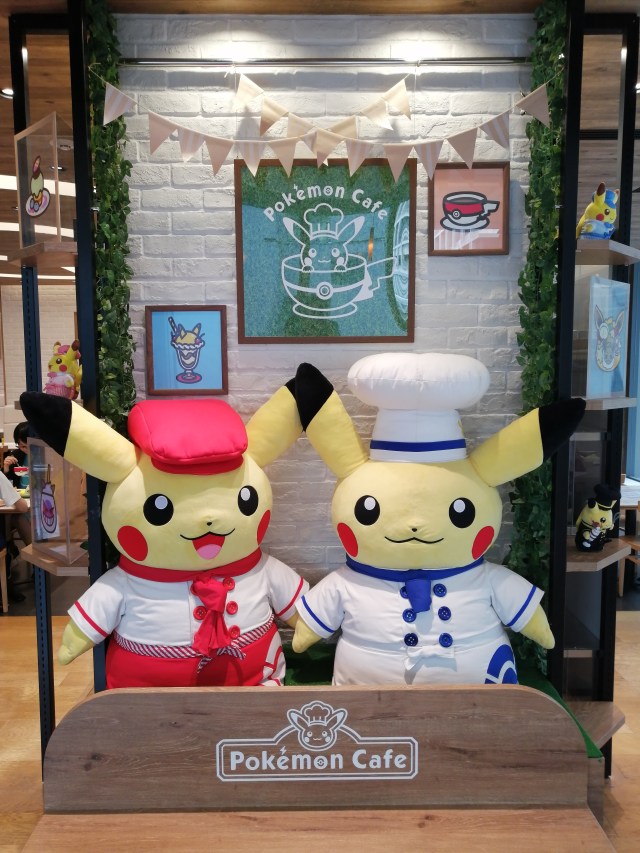
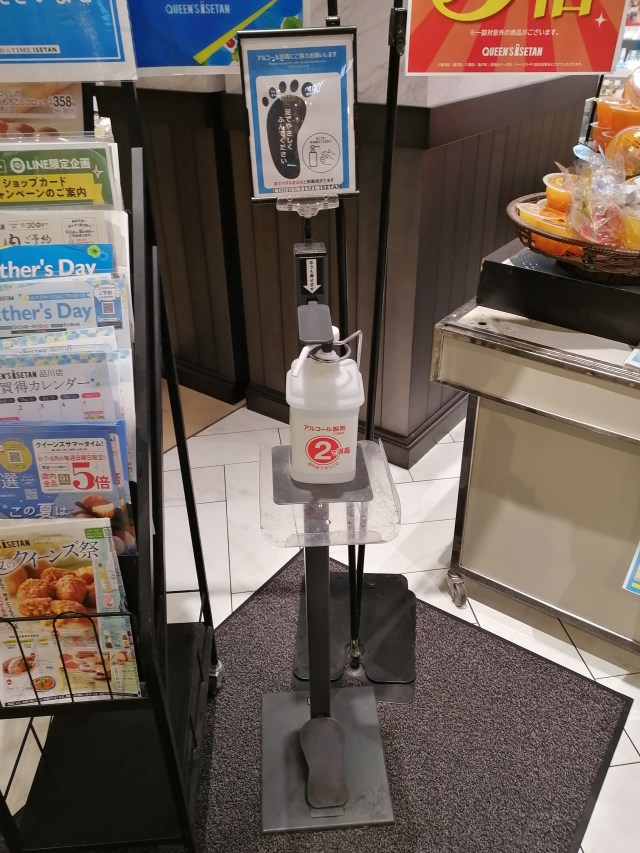
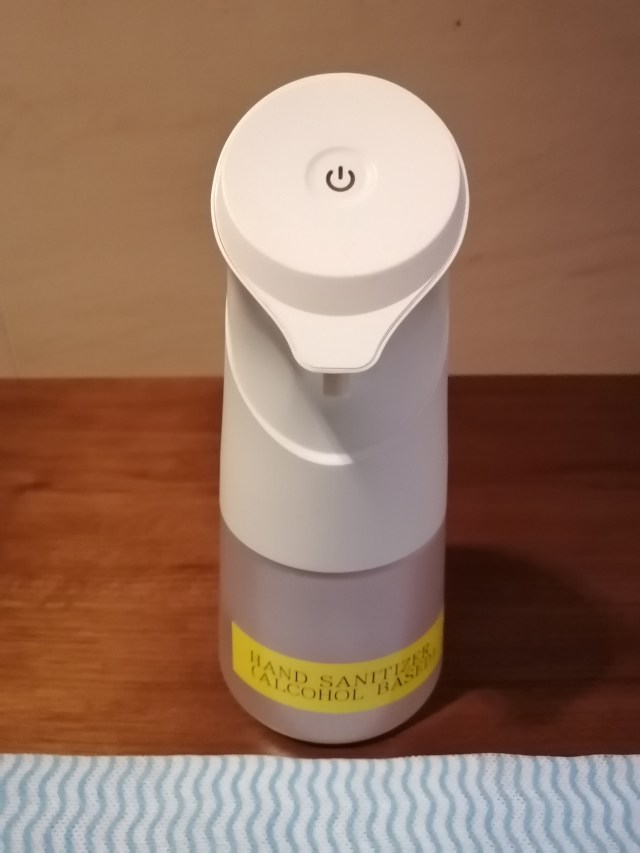
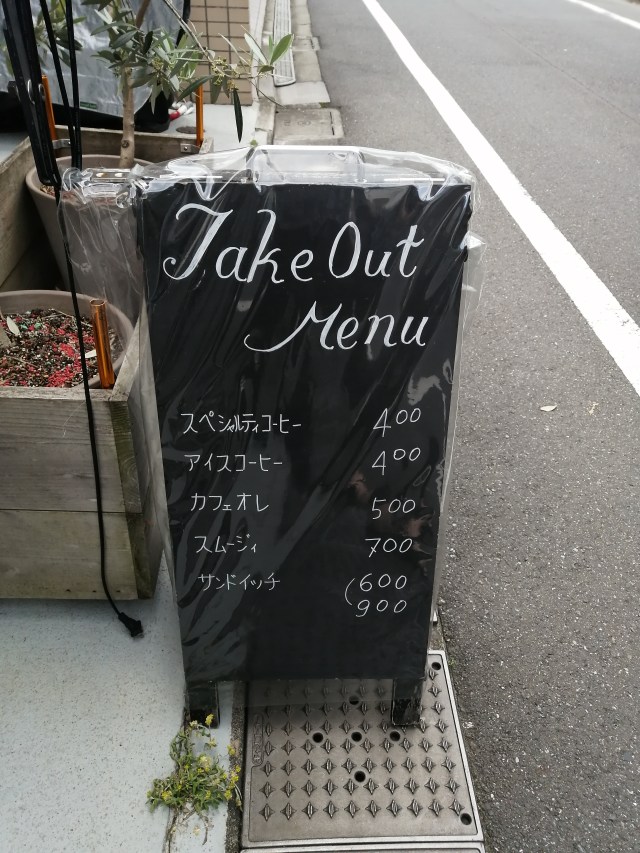
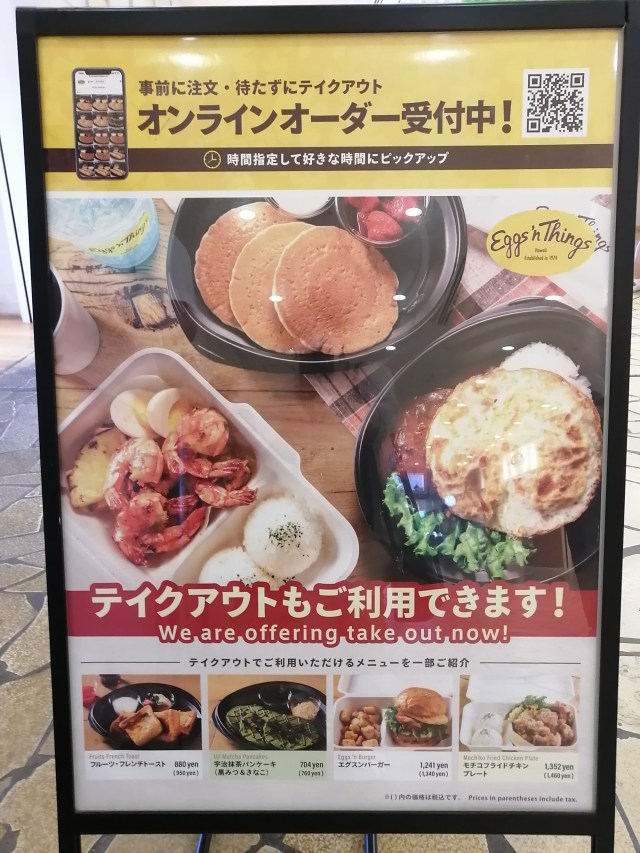
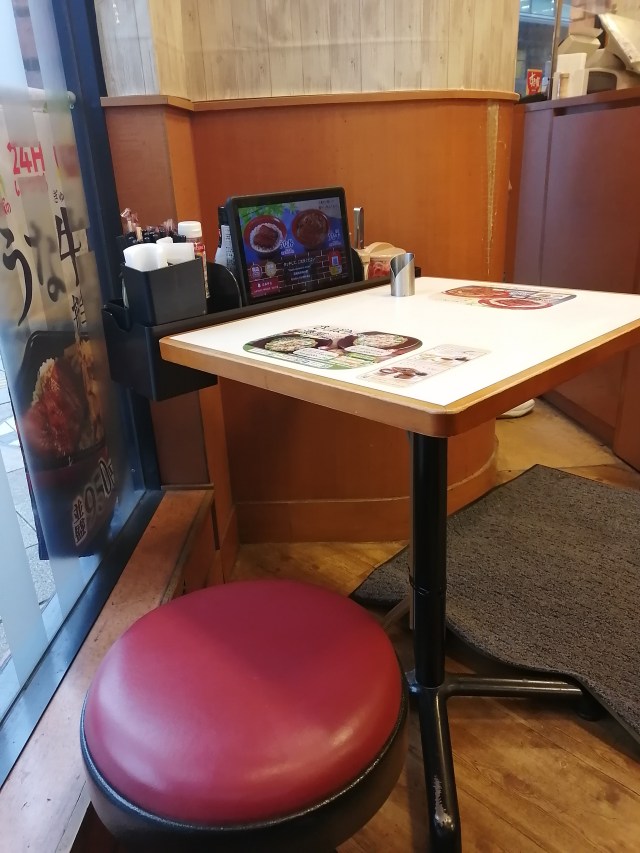
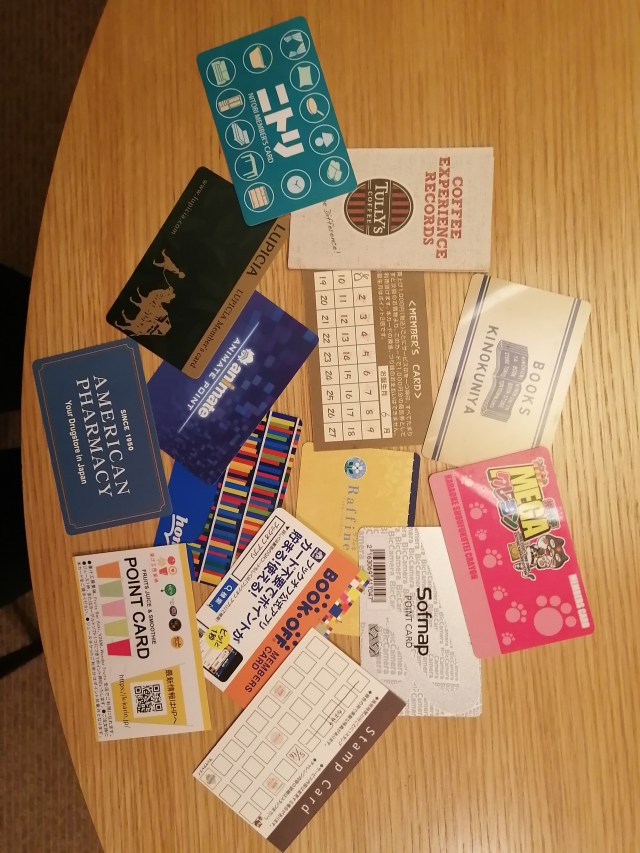
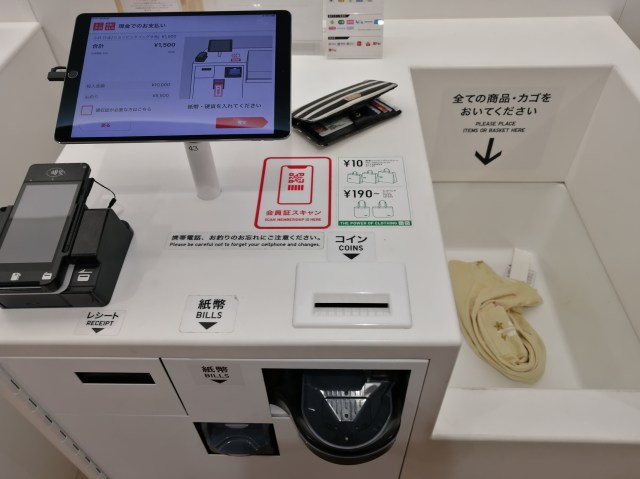
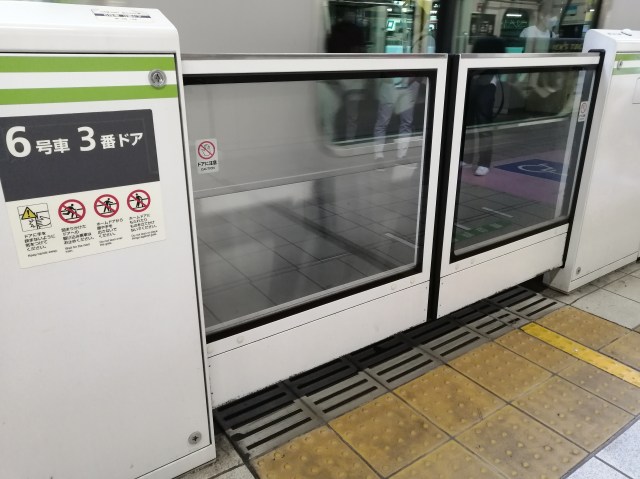
 10 of our absolute favorite places to spend a day in Tokyo
10 of our absolute favorite places to spend a day in Tokyo A capsule toy vending machine pandemic shopping solution The My Gashapon Handle
A capsule toy vending machine pandemic shopping solution The My Gashapon Handle “But we’re speaking Japanese!”: Humorous video confronts lingering stereotypes in Japan
“But we’re speaking Japanese!”: Humorous video confronts lingering stereotypes in Japan “Business Nail” – the latest trend among young Japanese businessmen looking to get ahead
“Business Nail” – the latest trend among young Japanese businessmen looking to get ahead Hayao Miyazaki makes rare video appearance to check out Ghibli Museum’s revamped cafe【Video】
Hayao Miyazaki makes rare video appearance to check out Ghibli Museum’s revamped cafe【Video】 Tokyo Tsukiji fish market site to be redeveloped with 50,000-seat stadium, hotel, shopping center
Tokyo Tsukiji fish market site to be redeveloped with 50,000-seat stadium, hotel, shopping center Japanese ramen restaurants under pressure from new yen banknotes
Japanese ramen restaurants under pressure from new yen banknotes Pokémon Sleep camping suite and guestrooms coming to Tokyo Hyatt along with giant Snorlax burgers
Pokémon Sleep camping suite and guestrooms coming to Tokyo Hyatt along with giant Snorlax burgers Red light district sushi restaurant in Tokyo shows us just how wrong we were about it
Red light district sushi restaurant in Tokyo shows us just how wrong we were about it McDonald’s new Happy Meals offer up cute and practical Sanrio lifestyle goods
McDonald’s new Happy Meals offer up cute and practical Sanrio lifestyle goods French Fries Bread in Tokyo’s Shibuya becomes a hit on social media
French Fries Bread in Tokyo’s Shibuya becomes a hit on social media Beautiful Red and Blue Star luxury trains set to be Japan’s new Hokkaido travel stars
Beautiful Red and Blue Star luxury trains set to be Japan’s new Hokkaido travel stars Mt. Koya planning to instate visitor’s tax to cope with huge tourist numbers
Mt. Koya planning to instate visitor’s tax to cope with huge tourist numbers Sailor Moon character outfits modeled on high-fashion designs【Pics】
Sailor Moon character outfits modeled on high-fashion designs【Pics】 Japanese company starts project to restore Nakagin Capsules to capsule hotel
Japanese company starts project to restore Nakagin Capsules to capsule hotel All-you-can-drink Starbucks and amazing views part of Tokyo’s new 170 meter-high sky lounge
All-you-can-drink Starbucks and amazing views part of Tokyo’s new 170 meter-high sky lounge More foreign tourists than ever before in history visited Japan last month
More foreign tourists than ever before in history visited Japan last month Starbucks reopens at Shibuya Scramble Crossing with new look and design concept
Starbucks reopens at Shibuya Scramble Crossing with new look and design concept Studio Ghibli releases new action figures featuring Nausicaä of the Valley of the Wind characters
Studio Ghibli releases new action figures featuring Nausicaä of the Valley of the Wind characters Studio Ghibli glasses cases let anime characters keep an eye on your spectacles
Studio Ghibli glasses cases let anime characters keep an eye on your spectacles Is the new Shinkansen Train Desk ticket worth it?
Is the new Shinkansen Train Desk ticket worth it? New private rooms on Tokaido Shinkansen change the way we travel from Tokyo to Kyoto
New private rooms on Tokaido Shinkansen change the way we travel from Tokyo to Kyoto Beautiful Ghibli sealing wax kits let you create accessories and elegant letter decorations【Pics】
Beautiful Ghibli sealing wax kits let you create accessories and elegant letter decorations【Pics】 Studio Ghibli releases Kiki’s Delivery Service chocolate cake pouches in Japan
Studio Ghibli releases Kiki’s Delivery Service chocolate cake pouches in Japan New definition of “Japanese whiskey” goes into effect to prevent fakes from fooling overseas buyers
New definition of “Japanese whiskey” goes into effect to prevent fakes from fooling overseas buyers Our Japanese reporter visits Costco in the U.S., finds super American and very Japanese things
Our Japanese reporter visits Costco in the U.S., finds super American and very Japanese things Studio Ghibli unveils Mother’s Day gift set that captures the love in My Neighbour Totoro
Studio Ghibli unveils Mother’s Day gift set that captures the love in My Neighbour Totoro Domino’s Japan now sells…pizza ears?
Domino’s Japan now sells…pizza ears? New Japanese KitKat flavour stars Sanrio characters, including Hello Kitty
New Japanese KitKat flavour stars Sanrio characters, including Hello Kitty New Pokémon cakes let you eat your way through Pikachu and all the Eevee evolutions
New Pokémon cakes let you eat your way through Pikachu and all the Eevee evolutions Sales of Japan’s most convenient train ticket/shopping payment cards suspended indefinitely
Sales of Japan’s most convenient train ticket/shopping payment cards suspended indefinitely Sold-out Studio Ghibli desktop humidifiers are back so Totoro can help you through the dry season
Sold-out Studio Ghibli desktop humidifiers are back so Totoro can help you through the dry season Japanese government to make first change to romanization spelling rules since the 1950s
Japanese government to make first change to romanization spelling rules since the 1950s Ghibli founders Toshio Suzuki and Hayao Miyazaki contribute to Japanese whisky Totoro label design
Ghibli founders Toshio Suzuki and Hayao Miyazaki contribute to Japanese whisky Totoro label design Doraemon found buried at sea as scene from 1993 anime becomes real life【Photos】
Doraemon found buried at sea as scene from 1993 anime becomes real life【Photos】 Tokyo’s most famous Starbucks is closed
Tokyo’s most famous Starbucks is closed One Piece characters’ nationalities revealed, but fans have mixed opinions
One Piece characters’ nationalities revealed, but fans have mixed opinions We asked a Uniqlo employee what four things we should buy and their suggestions didn’t disappoint
We asked a Uniqlo employee what four things we should buy and their suggestions didn’t disappoint Princesses, fruits, and blacksmiths: Study reveals the 30 most unusual family names in Japan
Princesses, fruits, and blacksmiths: Study reveals the 30 most unusual family names in Japan We interview voice actress Shoko Nakagawa, learn what gave her the greatest shock of her career
We interview voice actress Shoko Nakagawa, learn what gave her the greatest shock of her career I thought everyone was exaggerating about how great the airport in Seoul was until I actually went there
I thought everyone was exaggerating about how great the airport in Seoul was until I actually went there Starbucks Japan reopens with extra measures to prevent coronavirus’ spread
Starbucks Japan reopens with extra measures to prevent coronavirus’ spread Thousands oppose Osaka Metro’s plan to change major stations in giant boats and fabric swatches
Thousands oppose Osaka Metro’s plan to change major stations in giant boats and fabric swatches New chain of Kirby takeout dessert shops opening in two Japanese cities for hungry Nintendo fans
New chain of Kirby takeout dessert shops opening in two Japanese cities for hungry Nintendo fans Hot spring in Gunma Prefecture found to reduce COVID-19 infectivity by over 90 percent
Hot spring in Gunma Prefecture found to reduce COVID-19 infectivity by over 90 percent We played RESIDENT EVII, aka Bioha7ard, aka Resident Evil 7, at Tokyo Game Show
We played RESIDENT EVII, aka Bioha7ard, aka Resident Evil 7, at Tokyo Game Show 6 surprising things about having a baby in Japan
6 surprising things about having a baby in Japan Designer’s tweets during first trip to Japan perfectly show why it’s such a great place to visit
Designer’s tweets during first trip to Japan perfectly show why it’s such a great place to visit Japan’s secret garbage problem–and what you can do to help
Japan’s secret garbage problem–and what you can do to help VR metaverse of Akihabara Station being made by JR East, netizens scoff at early quality
VR metaverse of Akihabara Station being made by JR East, netizens scoff at early quality Tokyo Disneyland will require visitors to wear masks indoors when it reopens next month
Tokyo Disneyland will require visitors to wear masks indoors when it reopens next month Tokyo train stations to host Super Mario box/character art displays to celebrate 35th anniversary
Tokyo train stations to host Super Mario box/character art displays to celebrate 35th anniversary Tokyo taxi company to release smartphone app with battling princesses
Tokyo taxi company to release smartphone app with battling princesses Tokyo starts massive renovation project for entrances to the world’s busiest train station
Tokyo starts massive renovation project for entrances to the world’s busiest train station How do Japan’s host club hosts get their professional names? We talk with five Kabukicho pros
How do Japan’s host club hosts get their professional names? We talk with five Kabukicho pros
Leave a Reply